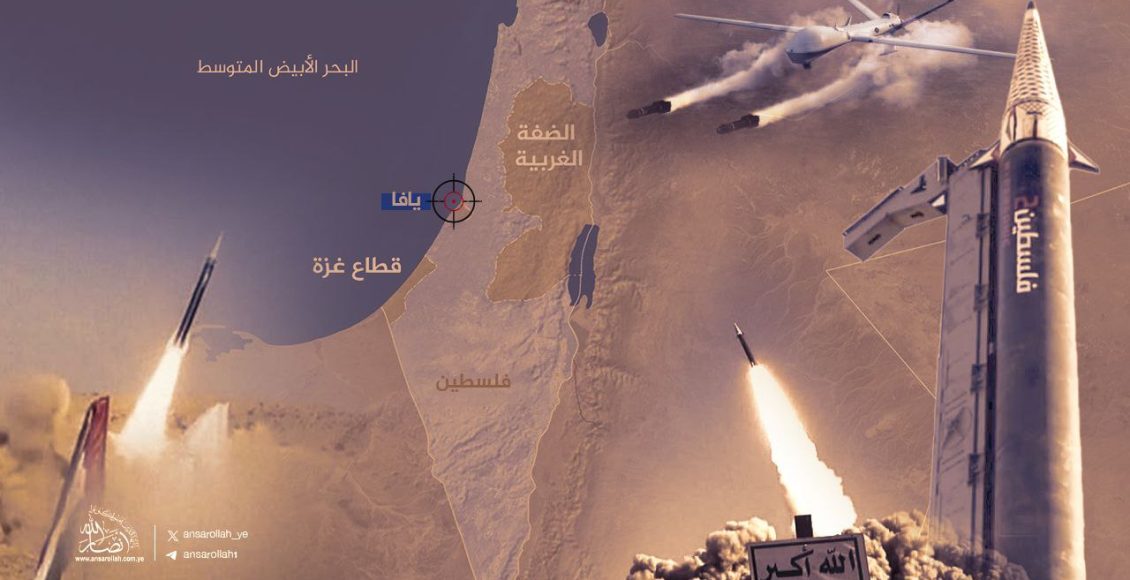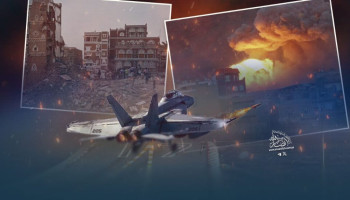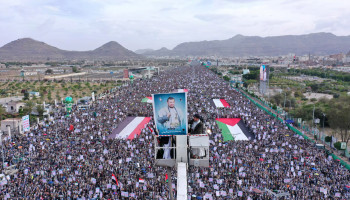The "al-Aqsa Flood" battle, which ignited on October 7, 2023, marked a turning point in the region's history. The events that unfolded not only changed the course of the conflict but also laid the foundation for an upcoming unprecedented phase in the resistance against the Zionist occupation.
For decades, Palestinian fighters were often reduced to throwing stones as their only means of defiance against the brutality of the Zionist regime. When Israeli soldiers cracked down on Palestinians, Arabic TV stations responded with melancholic songs lamenting the helplessness of the powerless people. In the worst cases, the Arab League resorted to holding a summit, where leaders and dignitaries issued feeble statements of condemnation. But since the al-Aqsa Flood, everything has changed. Arab leaders have moved from mere silence to openly supporting the Israeli regime, while their populations remain distracted by entertainment, lavish parties, and even pet competitions.
This Arab betrayal casts a shadow over Gaza’s resistance factions. Abu Ubayda, the spokesman for Hamas’ military wing, Izz ad-Din al-Qassam Brigades, echoed this sentiment days after the Zionist massacres. In his speech, he addressed the Arab regimes with a phrase that reverberated widely: "Allah forbid," expressing deep disappointment in the lack of Arab support during this unprecedented crisis.
"You Are Not Alone"
Amid this bleak reality, Yemen, led by Sayyid Abdul-Malik Badruldeen al-Houthi, made an unexpected declaration on October 11, 2023. In his speech, Sayyid al-Houthi underscored Yemen’s stance on the conflict, emphasizing that it was not just a political or humanitarian obligation, but a religious and moral duty for the entire Islamic world—especially the Arabs—to stand with the Palestinian people and the fighters. He urged all forms of support: political, media, financial, and even military aid.
He expressed a heartfelt wish that Yemen were geographically closer to Palestine, stating, “If we were neighbors, our people would have sent hundreds of thousands of fighters to join this sacred struggle.” He assured, “We are ready to mobilize, to send our fighters. We only need a path.”
His resounding words, "You are not alone, the Yemeni people stand with you," became a symbol of Yemen’s readiness to do whatever it means to support Gaza, despite the geographical barriers.
Weeks later, news broke like a thunderbolt when Yemeni missiles reached the occupied city of Umm al-Rashrash, followed by drone strikes. Then, on October 31, Brigadier General Yahya Saree officially confirmed Yemen’s entry into the battle, fulfilling Sayyid al-Houthi's promise to stand by the oppressed in Gaza.
Seizing the "Galaxy Leader"
While Yemen’s ballistic missiles and drones had always posed a threat to Israeli targets, geographical distance, and the multi-layered defense systems of Egypt, Jordan, Saudi Arabia, and the Israeli military presented significant challenges. In response, the Yemeni Armed Forces opened a new front by targeting Israeli ships in the Red Sea. This move aimed to halt Israeli naval traffic, a step initially dismissed by Israel. However, Yemen’s decisive strike came on November 9, 2023, when it seized the "Galaxy Leader," an Israeli-owned ship, and escorted it to Yemen’s coastal waters in Hodeidah. The operation garnered global attention and elevated Yemen’s standing as a serious ally of Gaza.
A U.S.-Led International Coalition Forms Against Yemen
Yemen’s success in imposing a naval blockade on Israeli ships in the Red Sea triggered a swift reaction from the United States, which began mobilizing efforts to form an international naval coalition. On December 19, 2023, the U.S. Department of Defense announced a ten-nation alliance, including the U.S., U.K., France, Italy, Bahrain, Canada, the Netherlands, Norway, Spain, and the Seychelles, aimed at confronting Yemeni forces in the Red Sea.
Despite continuous airstrikes led by the U.S., which targeted Yemeni provinces, including the capital Sana’a, beginning on January 12, 2024, these strikes failed to halt Yemen's military operations. The Yemeni forces not only withstood the assault but intensified their activities, maintaining an unrelenting pace.
Fourth and Fifth Phases of Escalation
On May 3, 2024, Brigadier General Yahya Saree announced the launch of the fourth phase of escalation, focusing on enforcing Yemen’s ban on ships bound for Israeli ports. Yemeni operations expanded into the Mediterranean Sea, tightening the blockade on Israel, and dealing another blow to the occupied port , which was already in financial ruin.
Key operations during this phase included attacks on the U.S. destroyer USS Mason, strikes on six ships in the Mediterranean, Red Sea, and Arabian Sea, and a missile strike on the British destroyer HMS Diamond. Yemen's efforts during this phase severely disrupted Israeli supply chains and further demonstrated its growing military capabilities.
As Israeli and U.S. forces persisted in their aggression against Gaza, Yemen launched the fifth phase of escalation. On July 19, 2024, Yemeni forces deployed a newly developed drone named "Yaffa" to strike occupied Yaffa, resulting in casualties. The operation showcased Yemen’s ability to bypass Israeli, American, and Arab air defense systems, sending a powerful message that Tel Aviv was no longer a safe haven.
Significant Military Gains
Throughout the fourth and fifth phases, Yemen unveiled several strategic weapons, including the Palestine-1 missile, the Tufan naval craft, the Palestine-2 hypersonic missile, and the Quds-5 cruise missile. Yemeni forces successfully targeted and sank numerous vessels belonging to the U.S., U.K., and Israel, further crippling enemy maritime operations in the Red Sea.
Yemen's air defense systems also achieved remarkable success by downing 11 U.S. MQ-9 Reaper drones, significantly undermining American surveillance capabilities. This success dealt a blow to the prestige of American drone technology, leading several nations, including India, to reconsider their contracts for acquiring the MQ-9s.
Perhaps one of the most striking achievements was the retreat of U.S. aircraft carriers, such as the USS Eisenhower and USS Roosevelt, from the Red Sea, alongside the British destroyer HMS Diamond. Yemen’s blockade forced the closure of Israel's southernmost port in Umm al-Rashrash, and, most critically, occupied Yaffa itself was no longer considered secure.
A Future Full of Surprises
As of now, the Yemeni Armed Forces continue to hold significant surprises for the Israeli regime in the ongoing fifth phase of escalation. Their ultimate goal remains clear: the cessation of Israeli aggression and the lifting of the blockade on Gaza. Yemen has made it clear that if this goal is not achieved, more surprises await in the coming phase of the conflict.







